Home>Gardening & Outdoor>Landscaping Ideas>When To Fertilize Florida Lawns


Landscaping Ideas
When To Fertilize Florida Lawns
Published: December 25, 2023
Discover the best timing for fertilizing Florida lawns and get expert landscaping ideas to keep your yard looking lush and healthy. Learn when and how to nourish your lawn for optimal results.
(Many of the links in this article redirect to a specific reviewed product. Your purchase of these products through affiliate links helps to generate commission for Storables.com, at no extra cost. Learn more)
Introduction
Maintaining a lush, vibrant lawn in Florida is a source of pride for many homeowners. The warm climate and unique soil conditions in the Sunshine State create an ideal environment for a variety of grass species. However, achieving and sustaining a healthy lawn requires proper care and attention, including regular fertilization. In this comprehensive guide, we will delve into the nuances of fertilizing Florida lawns, including the best types of fertilizers, optimal timing for application, and signs of over-fertilization. By understanding the specific needs of Florida's lawns, you can ensure that your outdoor space remains a verdant oasis throughout the year. Whether you're a seasoned gardener or a novice enthusiast, this article will equip you with the knowledge to elevate your lawn care efforts to new heights.
Key Takeaways:
- Fertilizing Florida lawns requires understanding the state’s climate and soil. Using the right fertilizer at the right time can help create a lush, resilient lawn that thrives in the warm, humid environment.
- Over-fertilizing can harm the lawn and the environment. Signs like foliage burn and rapid weed growth indicate excessive fertilization. By being mindful, homeowners can nurture healthy, vibrant lawns while preserving the ecosystem.
Read more: Lawn Care: When To Fertilize
Understanding Florida’s Climate and Soil
Florida’s climate is characterized by its warmth and humidity, creating a unique set of challenges and opportunities for lawn care. The state experiences long, hot summers and mild winters, making it conducive to a wide range of grass species, including St. Augustine, Bermuda, Zoysia, and Bahia grass. The warm-season grasses commonly found in Florida thrive in the subtropical climate, displaying robust growth during the summer months and entering a period of dormancy in the winter.
When it comes to soil, Florida exhibits considerable diversity, with variations in texture, composition, and nutrient levels. In general, Florida soils tend to be sandy and well-draining, particularly in coastal regions, while inland areas may have more clay-like soils. The sandy nature of many Florida soils can lead to rapid nutrient leaching, necessitating a strategic approach to fertilization to ensure that essential nutrients are readily available to the grass.
Understanding the intricacies of Florida’s climate and soil is paramount when developing a fertilization regimen for your lawn. By taking into account the specific environmental factors at play, you can tailor your approach to address the unique needs of your grass, ultimately fostering a healthy and resilient lawn that can withstand the rigors of Florida’s climate.
Types of Fertilizers
When it comes to fertilizing Florida lawns, selecting the right type of fertilizer is crucial for promoting healthy growth and maintaining the overall well-being of the grass. Fertilizers are typically categorized based on their nutrient content, with the three primary elements being nitrogen (N), phosphorus (P), and potassium (K). These essential nutrients play distinct roles in supporting the development of robust, resilient grass that can thrive in Florida’s climate.
1. Nitrogen (N): Nitrogen is integral to promoting vigorous leaf and stem growth, enhancing the lawn’s lushness and vibrancy. It is particularly important for sustaining the rich green color that is synonymous with a healthy lawn. In Florida, where warm-season grasses dominate, nitrogen is a key component of fertilizers designed to support the rapid growth and lush appearance of these grass species.
2. Phosphorus (P): Phosphorus contributes to root development and overall plant vigor, playing a critical role in establishing a strong foundation for the grass. While Florida’s sandy soils may naturally contain lower levels of phosphorus, targeted fertilization can help supplement this essential nutrient, fostering robust root systems that enable the grass to withstand environmental stressors and thrive in the long term.
3. Potassium (K): Potassium is essential for enhancing the grass’s resilience to environmental stress, such as heat, drought, and disease. In Florida, where high temperatures and humidity are common, potassium-rich fertilizers can bolster the grass’s ability to withstand the rigors of the subtropical climate, ensuring that it remains healthy and vibrant throughout the year.
It’s important to note that Florida lawns often benefit from fertilizers specifically formulated for warm-season grasses, as these products are tailored to address the unique nutritional requirements of grass species commonly found in the state. Additionally, slow-release fertilizers can be particularly advantageous in Florida’s warm climate, providing a steady supply of nutrients to the grass while minimizing the risk of leaching and runoff, which can have adverse environmental impacts.
By selecting fertilizers that are well-suited to Florida’s climate and the specific needs of warm-season grasses, homeowners can effectively nourish their lawns, fostering lush, resilient growth and vibrant greenery that enhances the beauty of their outdoor spaces.
Fertilize Florida lawns in the spring and fall to promote healthy growth. Avoid fertilizing during the summer to prevent stress on the grass.
Best Times to Fertilize
Timing plays a pivotal role in the effectiveness of lawn fertilization, and in Florida, where the climate exhibits distinct seasonal patterns, understanding the best times to apply fertilizer is essential for promoting optimal grass growth and health. The warm-season grasses prevalent in Florida, including St. Augustine, Bermuda, and Zoysia grass, have specific growth cycles that influence the timing of fertilization.
1. Spring: As the temperatures begin to rise and the grass emerges from its winter dormancy, spring presents an opportune time to fertilize Florida lawns. Applying a balanced, slow-release fertilizer during the early to mid-spring period can provide the grass with the essential nutrients needed to support vigorous growth and vibrant greenery. This strategic fertilization can bolster the lawn’s resilience and prepare it for the upcoming active growing season.
2. Summer: In Florida, the summer months bring intense heat and frequent rainfall, creating favorable conditions for robust grass growth. Fertilizing in late spring to early summer can help sustain the grass’s health and vibrancy, especially as it enters a phase of rapid growth. However, it’s important to be mindful of excessive fertilizer application during this time, as the combination of high temperatures and heavy rainfall can elevate the risk of nutrient leaching and environmental impact.
3. Fall: As the summer heat gradually wanes and the grass prepares for dormancy, fall fertilization can play a crucial role in fortifying the lawn for the upcoming winter months. Applying a fertilizer rich in potassium during the late summer to early fall can bolster the grass’s resilience to potential stressors, such as cooler temperatures and reduced sunlight. This targeted approach can help the grass maintain its health and vigor as it transitions into the dormant phase.
4. Winter: While warm-season grasses in Florida may enter a period of dormancy during the winter, it’s important to provide them with the necessary nutrients to support root development and overall resilience. Applying a slow-release fertilizer with balanced nutrient content in late winter can help prepare the grass for the impending transition to the active growth phase, ensuring that it emerges from dormancy in optimal condition.
By aligning fertilization efforts with the specific growth cycles and seasonal dynamics of warm-season grasses in Florida, homeowners can maximize the effectiveness of their lawn care regimen, nurturing healthy, vibrant lawns that thrive in the subtropical climate.
Signs of Over-Fertilizing
While proper fertilization is essential for promoting healthy grass growth, over-fertilizing can have detrimental effects on the lawn’s overall well-being and the surrounding environment. In Florida, where warm-season grasses predominate, it’s important to be vigilant for signs of over-fertilizing to prevent potential damage and maintain the ecological balance of the outdoor space.
1. Foliage Burn: One of the most noticeable signs of over-fertilizing is foliage burn, characterized by the browning or yellowing of the grass blades. This discoloration may result from excessive nitrogen content in the fertilizer, leading to an imbalance that adversely affects the grass’s appearance and health. Additionally, the presence of white, crusty residue on the grass blades can indicate an overabundance of fertilizer, further exacerbating the risk of foliage burn.
2. Rapid Shoot Growth: Over-fertilized lawns may exhibit rapid shoot growth, causing the grass to appear excessively lush and requiring more frequent mowing. This accelerated growth, often spurred by an influx of nitrogen, can strain the grass and deplete its energy reserves, potentially compromising its long-term health and resilience.
3. Increased Weed Growth: In some cases, over-fertilizing can inadvertently promote the proliferation of weeds, undermining the density and uniformity of the grass. Weeds may capitalize on the abundance of nutrients, outcompeting the grass and disrupting the visual appeal of the lawn. Monitoring weed growth can provide valuable insights into the potential effects of excessive fertilization.
4. Nutrient Runoff: Over-fertilization can contribute to nutrient runoff, particularly in regions with sandy soils, such as those commonly found in Florida. Excessive fertilization may lead to the leaching of nutrients into groundwater or surface water, posing environmental risks and disrupting the ecological balance of the surrounding area. It’s crucial to be mindful of the potential impact of over-fertilizing on the broader ecosystem.
5. Environmental Impact: Beyond the immediate effects on the lawn, over-fertilizing can have broader environmental implications, contributing to nutrient pollution in water bodies and disrupting natural ecosystems. By exercising prudence in fertilization practices and adhering to recommended application guidelines, homeowners can mitigate the risk of environmental harm and preserve the ecological integrity of their surroundings.
By remaining attentive to these signs of over-fertilizing, homeowners can take proactive measures to adjust their fertilization practices, ensuring that their lawns receive the optimal amount of nutrients without compromising their health or the well-being of the environment.
Read more: When To Put Fertilizer On Lawn
Conclusion
Fertilizing Florida lawns is a nuanced endeavor that necessitates a deep understanding of the state’s climate, soil composition, and the specific nutritional requirements of warm-season grasses. By aligning fertilization efforts with the distinct growth cycles of these grass species and employing the right types of fertilizers, homeowners can cultivate lush, resilient lawns that thrive in the subtropical environment.
It’s essential to recognize the seasonal dynamics that shape Florida’s climate and the corresponding impact on grass growth. Timing fertilization to coincide with the natural rhythms of the grass can optimize the uptake of nutrients, bolstering the lawn’s health and vibrancy throughout the year. From the rejuvenating spring application to the preparatory fall fertilization, each season presents an opportunity to support the grass’s well-being and fortify it against potential stressors.
Moreover, an astute awareness of the signs of over-fertilizing empowers homeowners to maintain a delicate balance, ensuring that the grass receives the necessary nutrients without succumbing to the adverse effects of excessive fertilization. By monitoring the lawn for indications of foliage burn, rapid shoot growth, and weed proliferation, individuals can make informed adjustments to their fertilization practices, safeguarding the health and visual appeal of their outdoor spaces.
Ultimately, the conscientious application of fertilizers tailored to the specific needs of Florida lawns can yield a tapestry of lush greenery, enhancing the beauty and vitality of residential landscapes. By embracing a holistic approach to lawn care, homeowners can create inviting outdoor environments that serve as havens of natural splendor, enriching their daily lives and fostering a deep connection to the vibrant ecosystem of Florida.
With a blend of strategic timing, targeted fertilization, and environmental mindfulness, homeowners can embark on a journey of nurturing their lawns to new heights of health and beauty, embracing the unique essence of Florida’s verdant landscapes.
Frequently Asked Questions about When To Fertilize Florida Lawns
Was this page helpful?
At Storables.com, we guarantee accurate and reliable information. Our content, validated by Expert Board Contributors, is crafted following stringent Editorial Policies. We're committed to providing you with well-researched, expert-backed insights for all your informational needs.
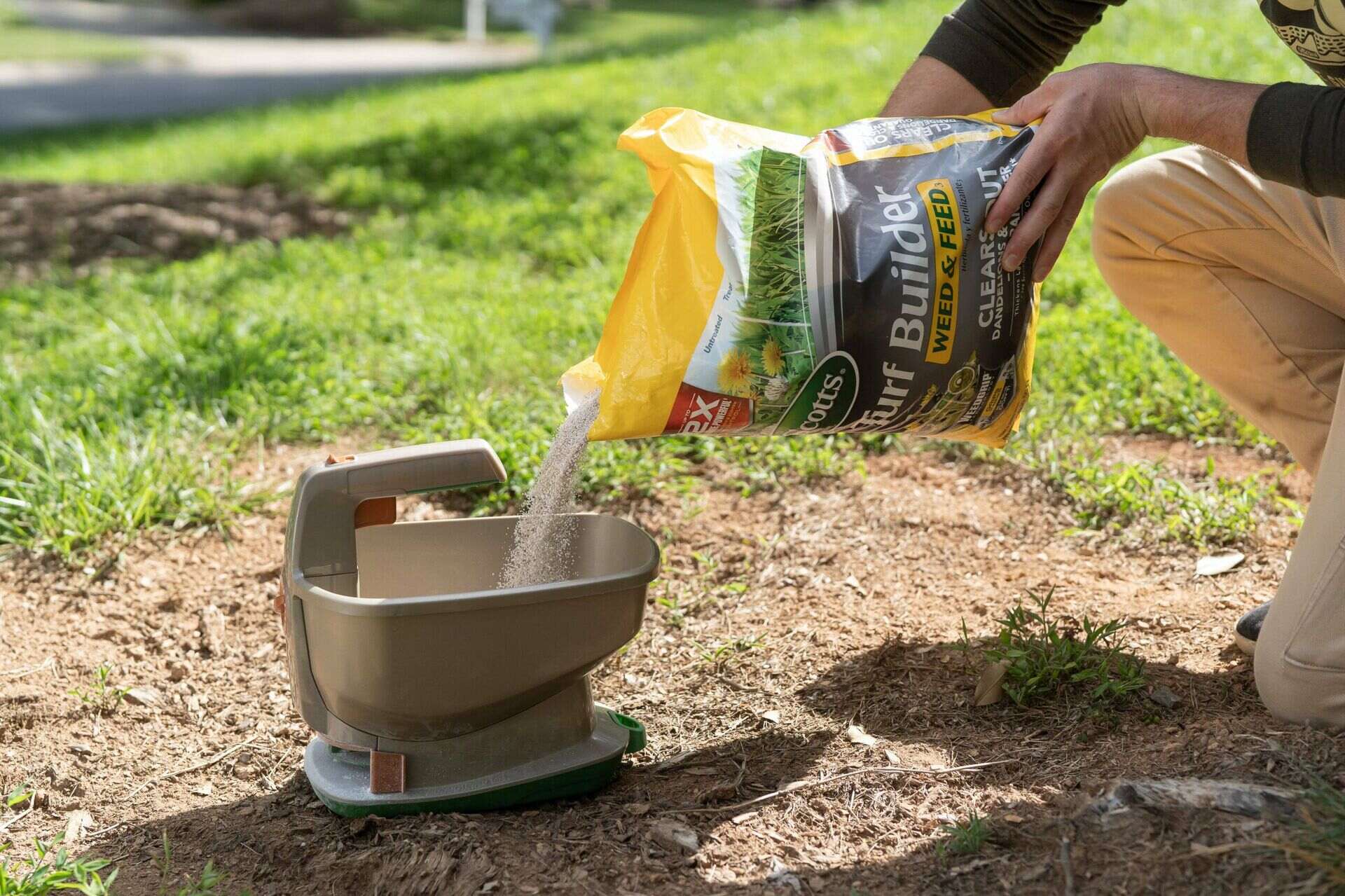
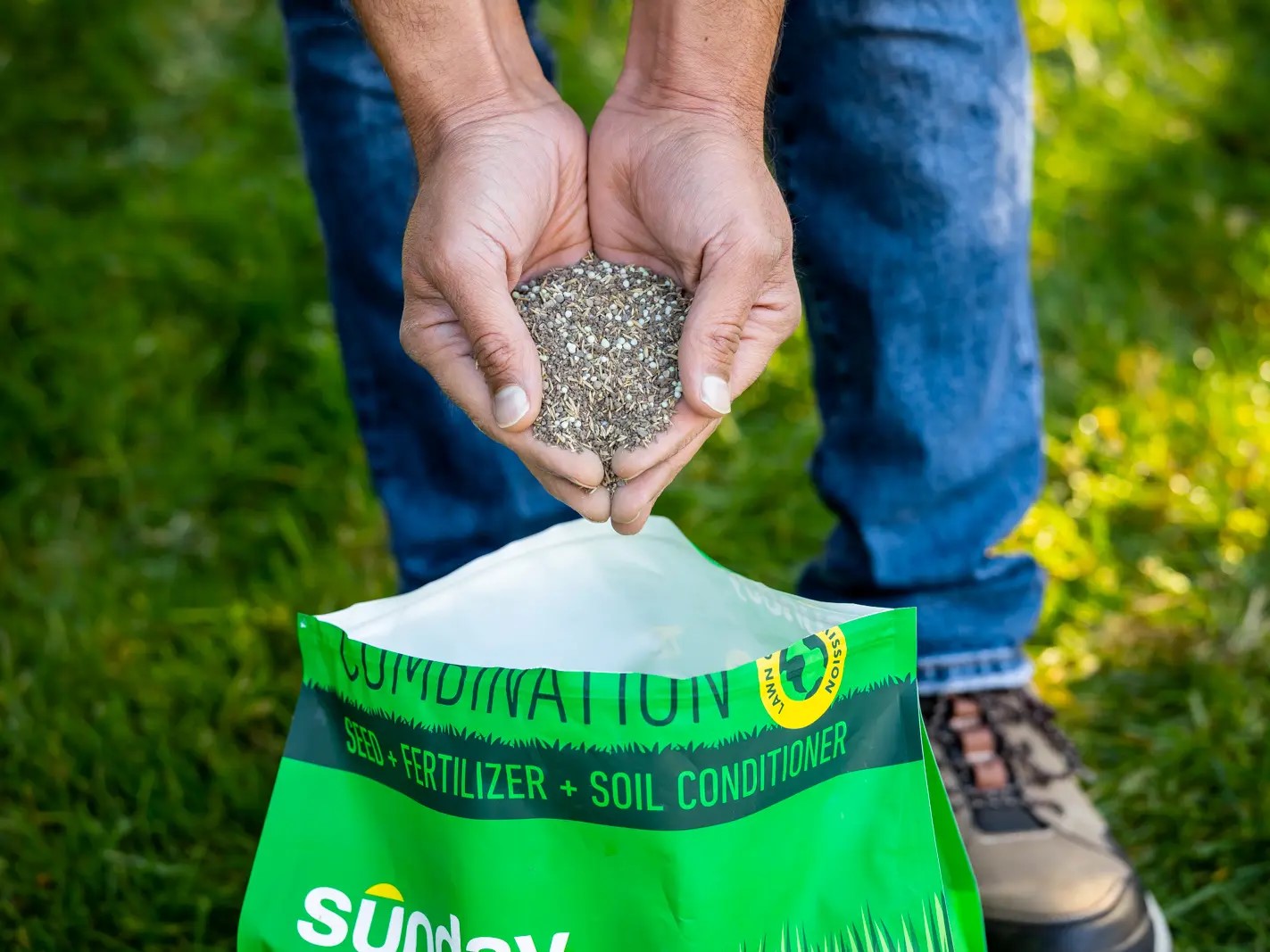
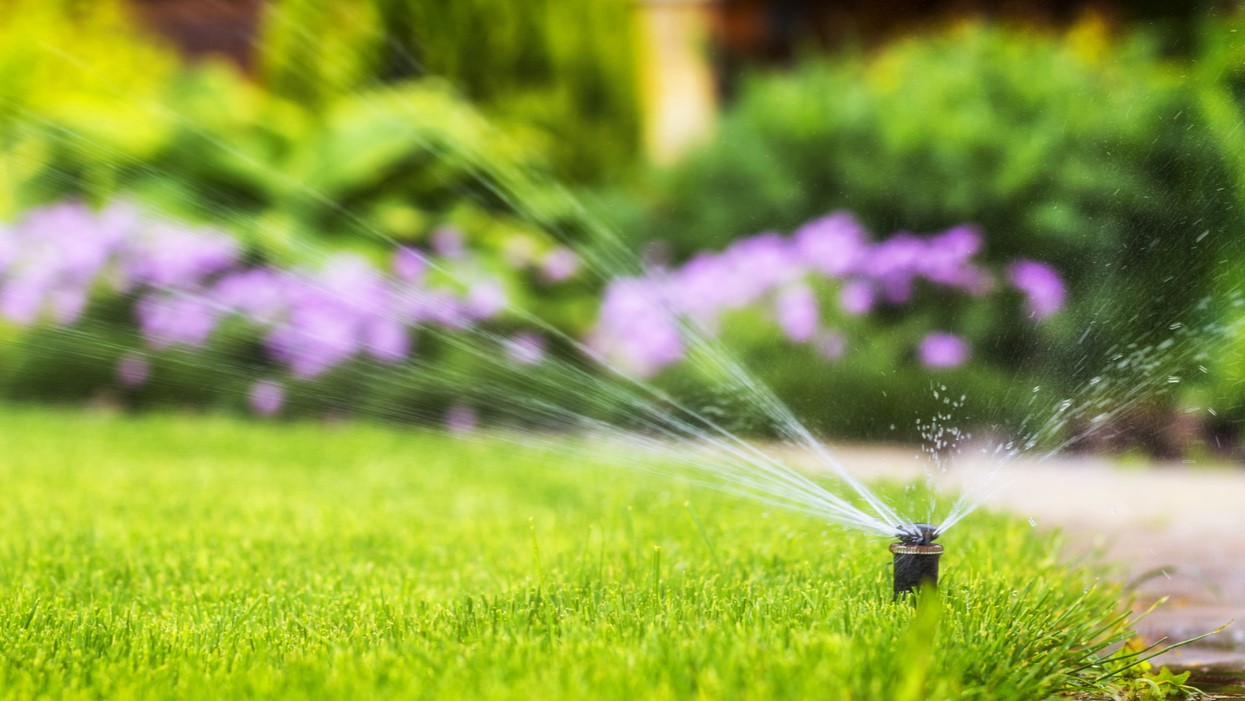
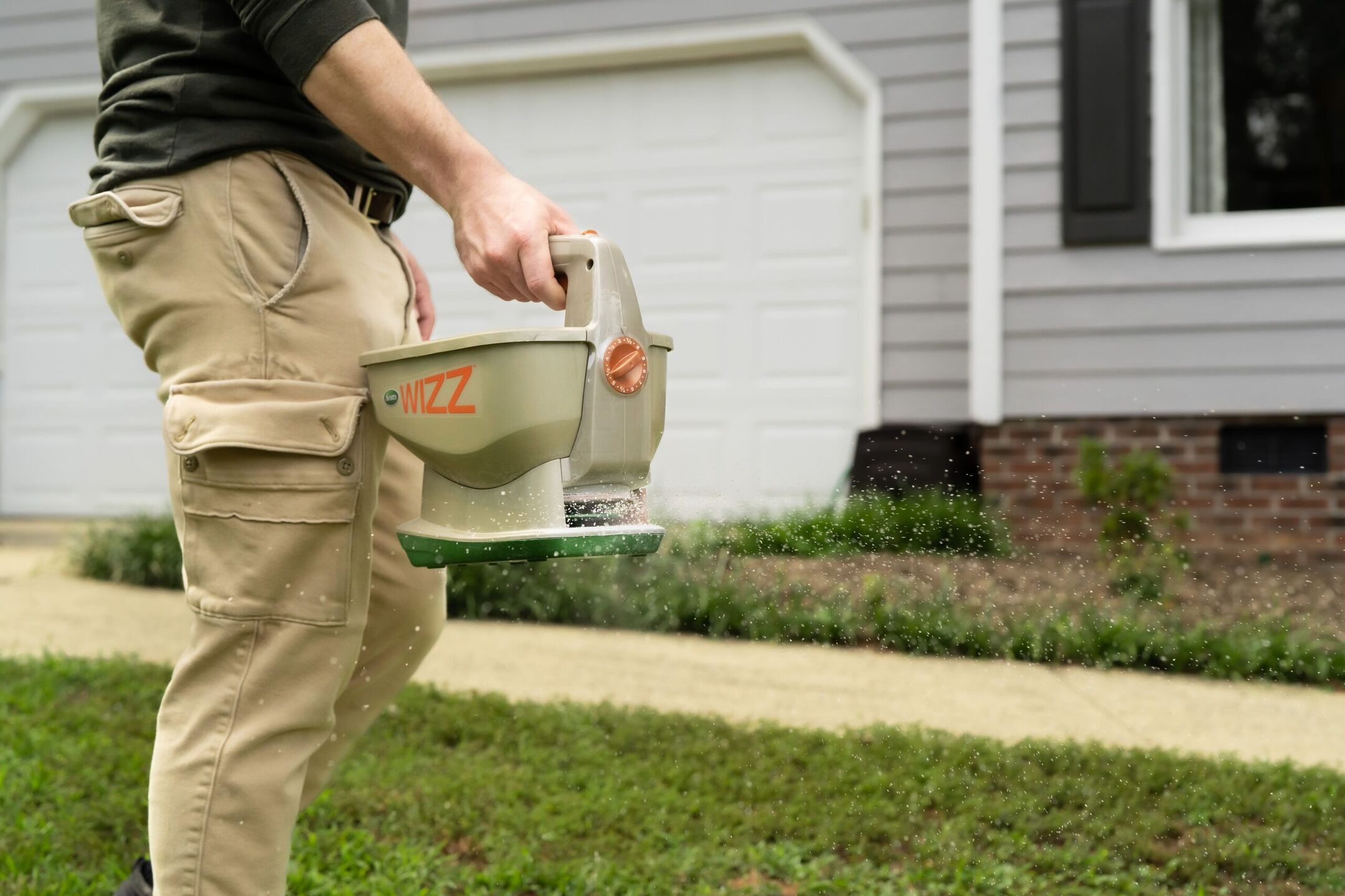
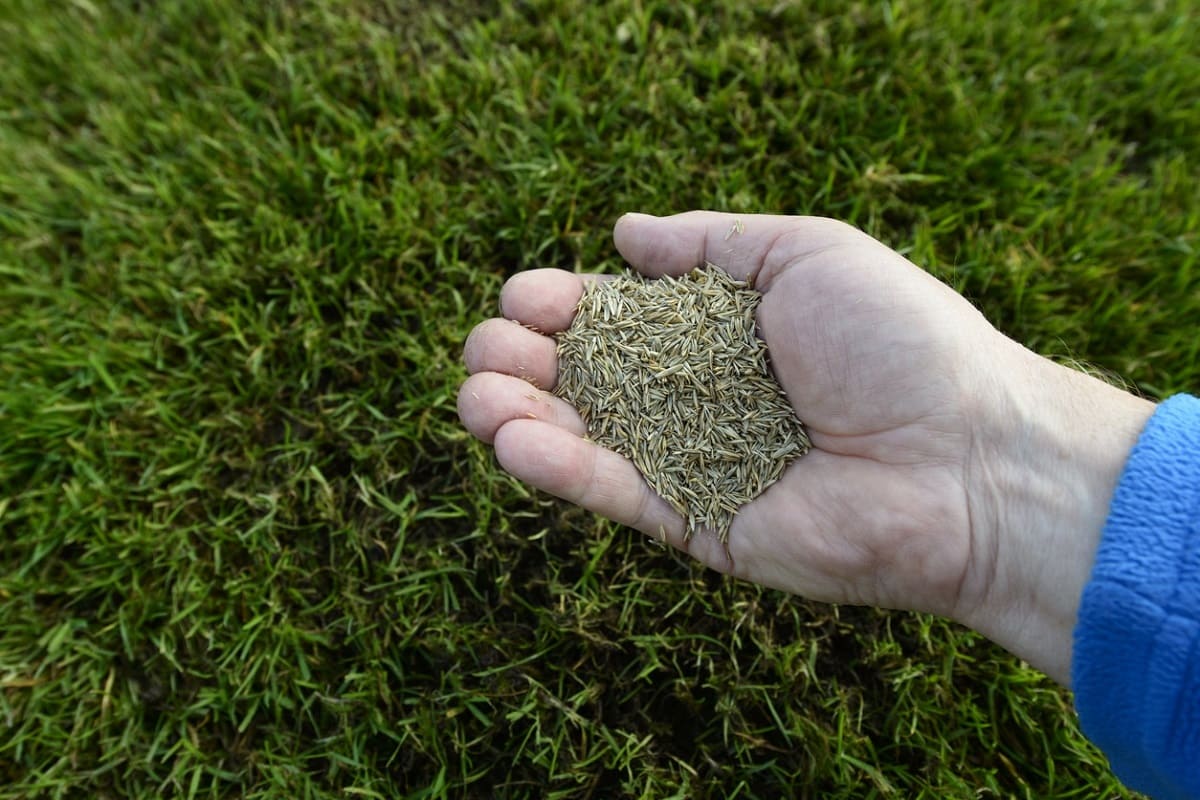
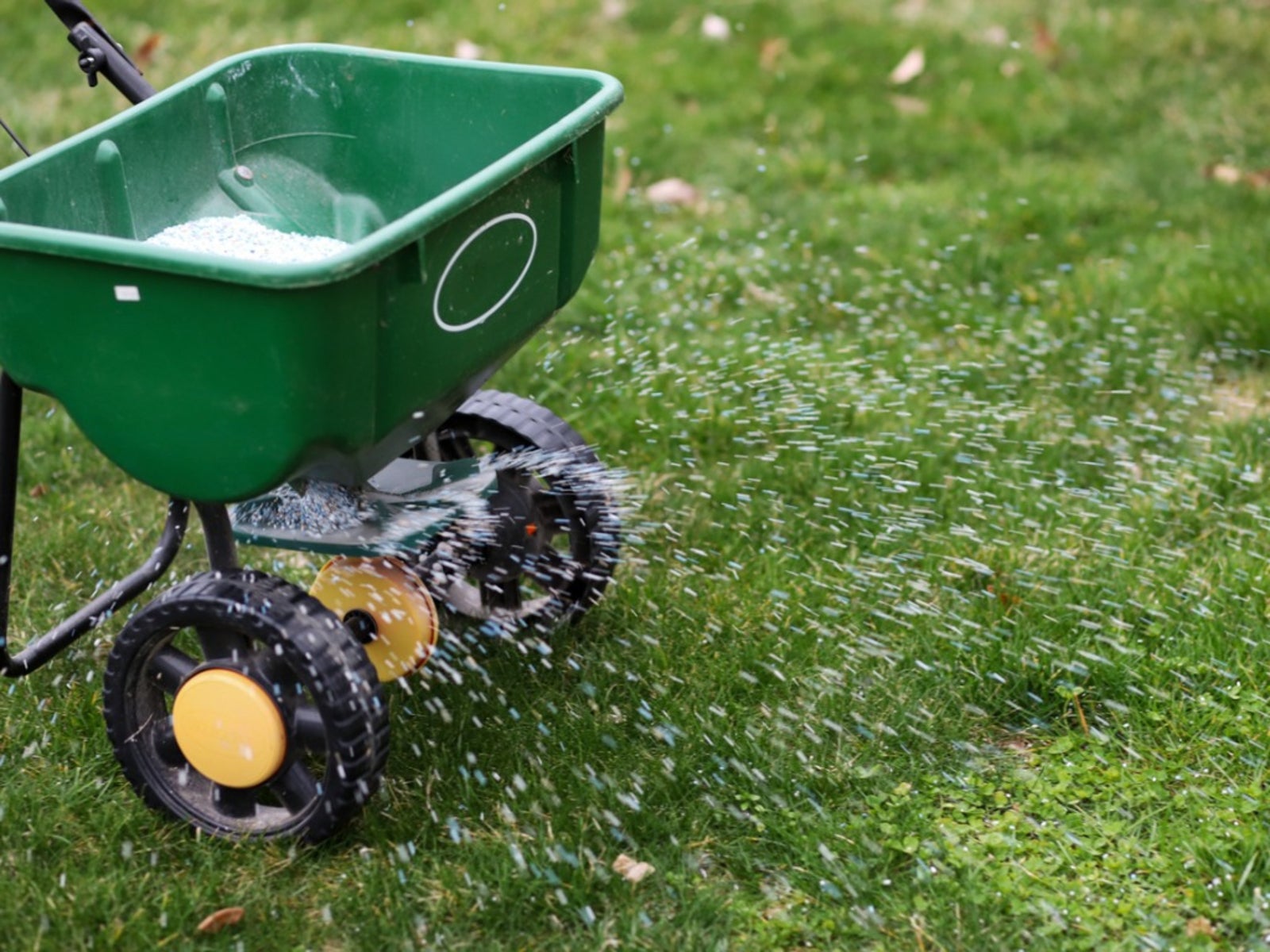

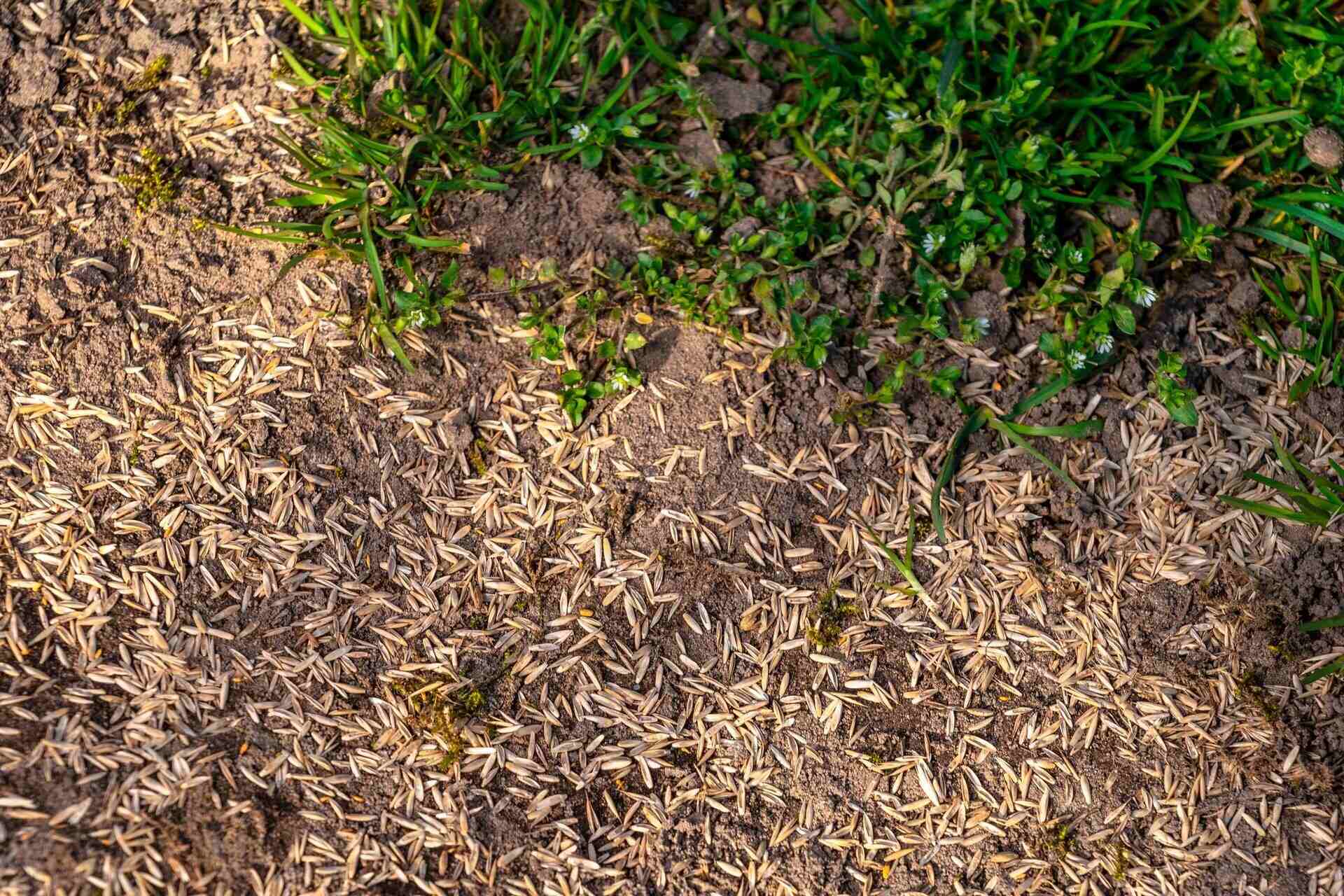
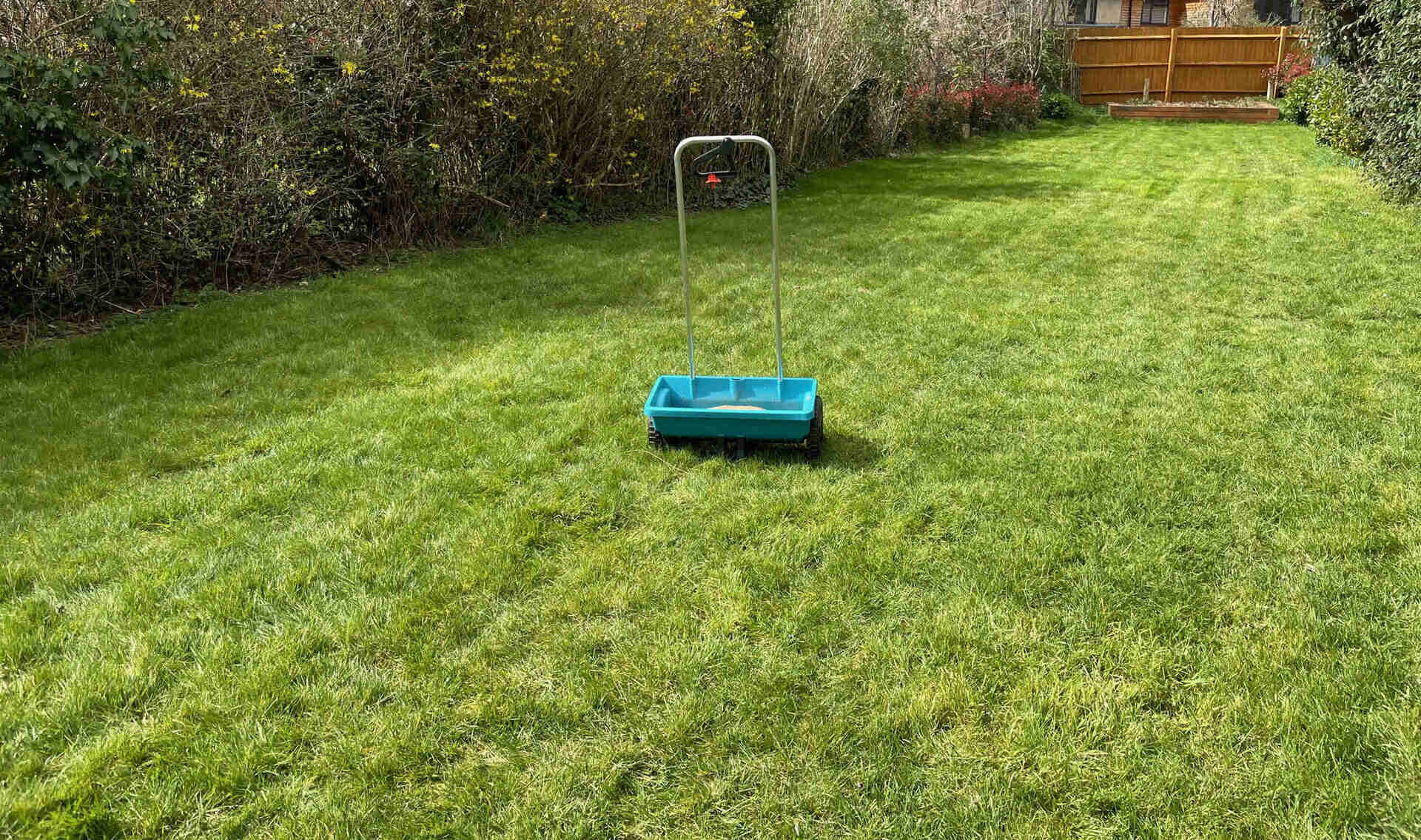
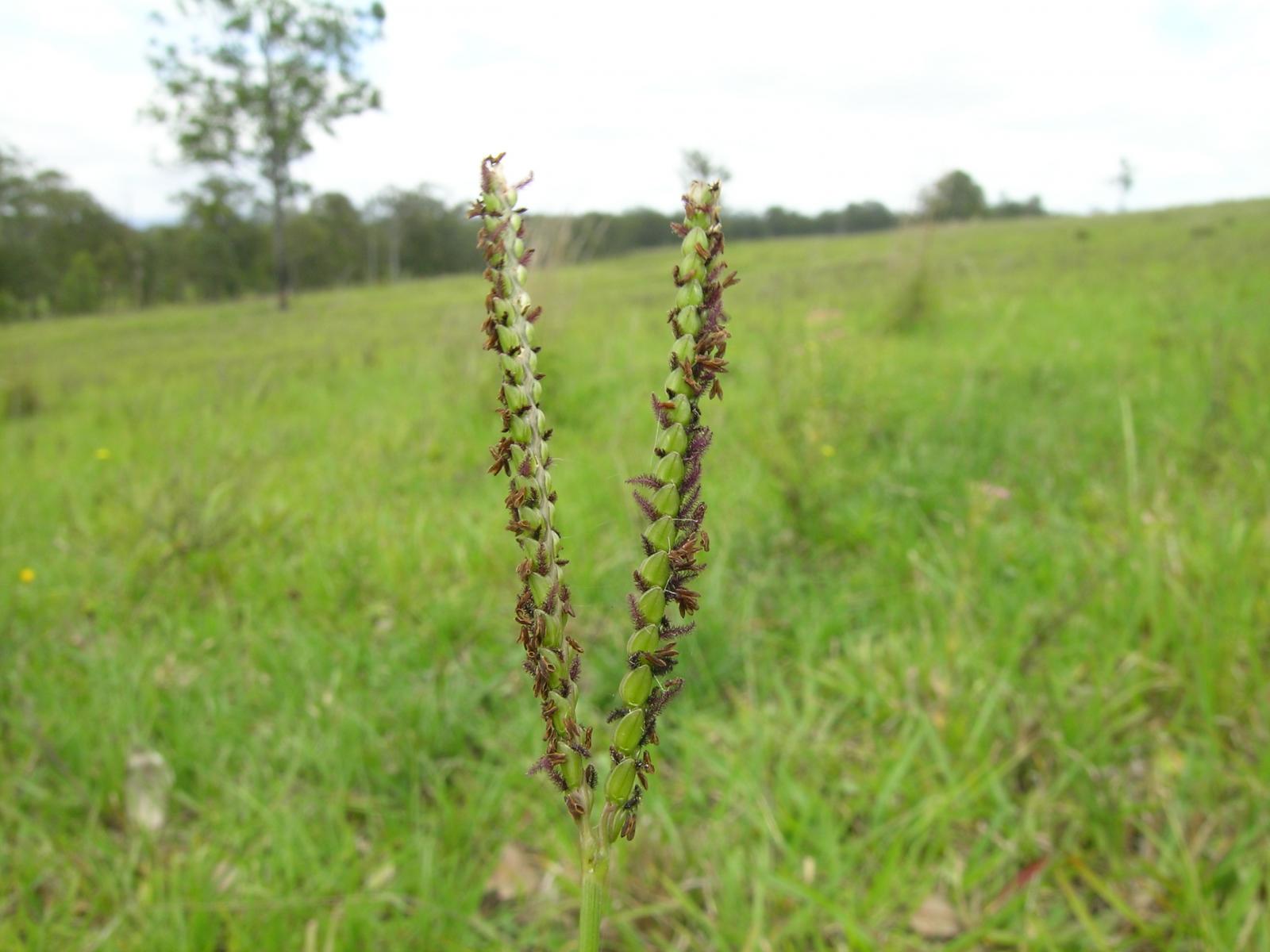
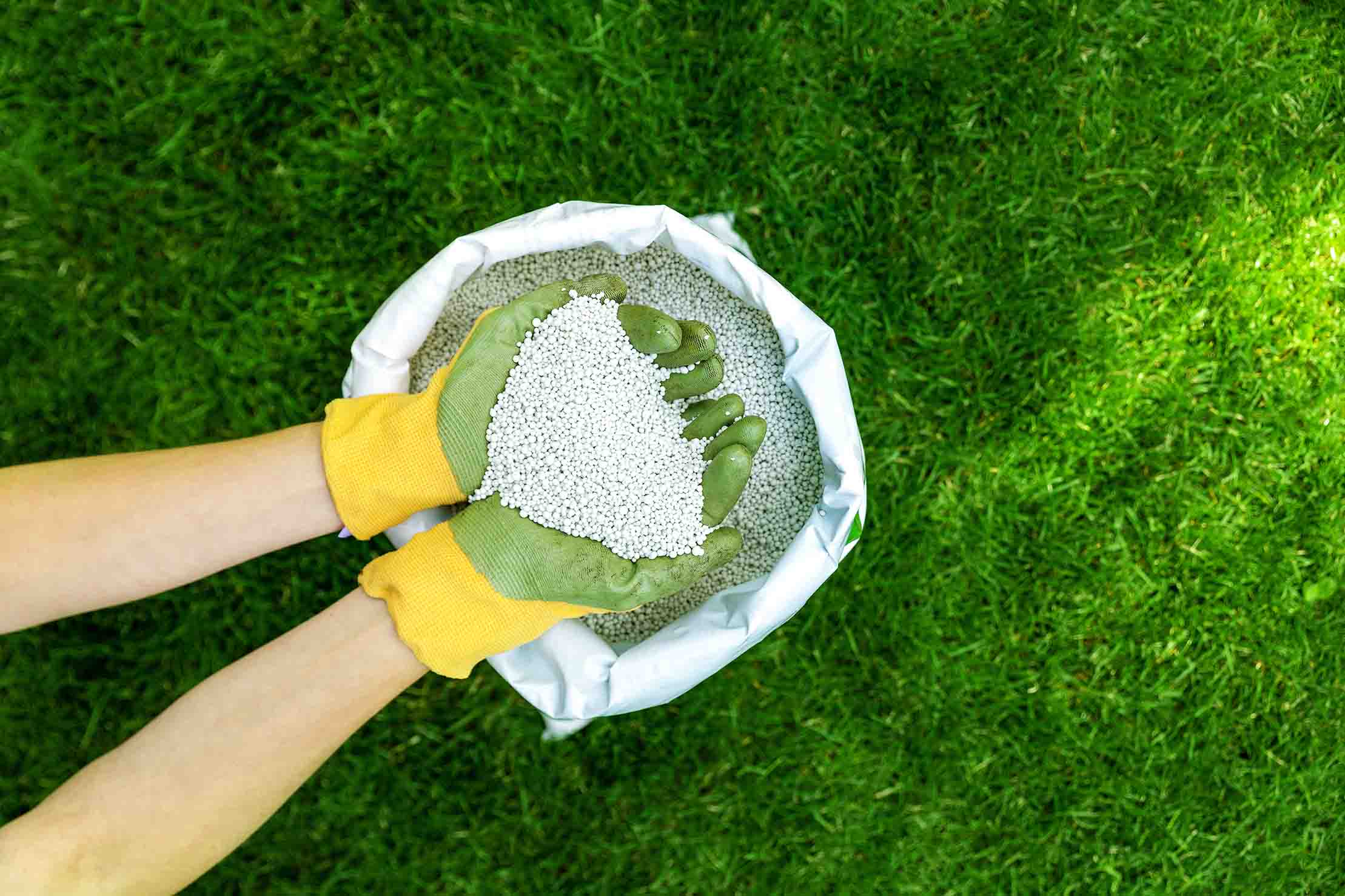
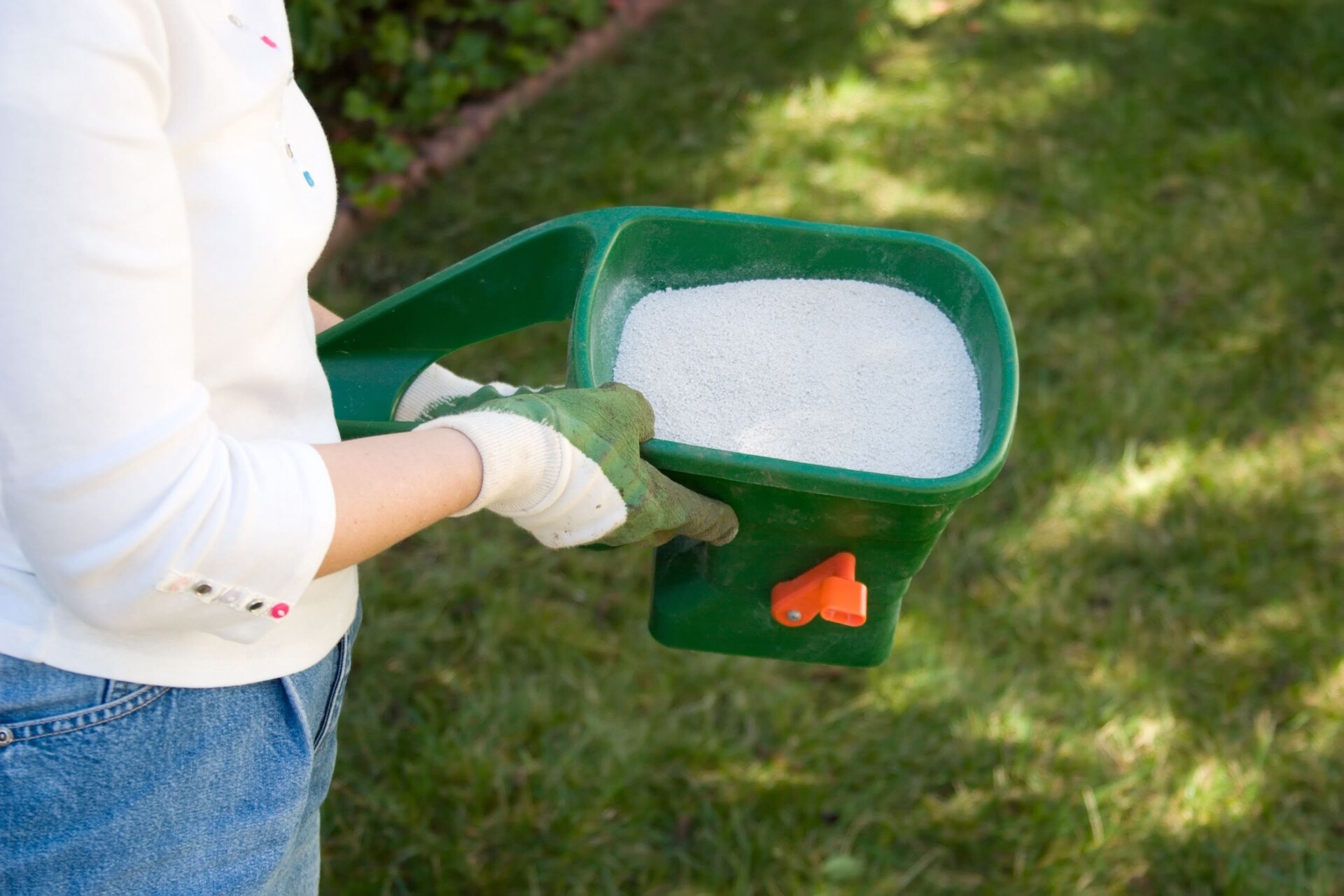
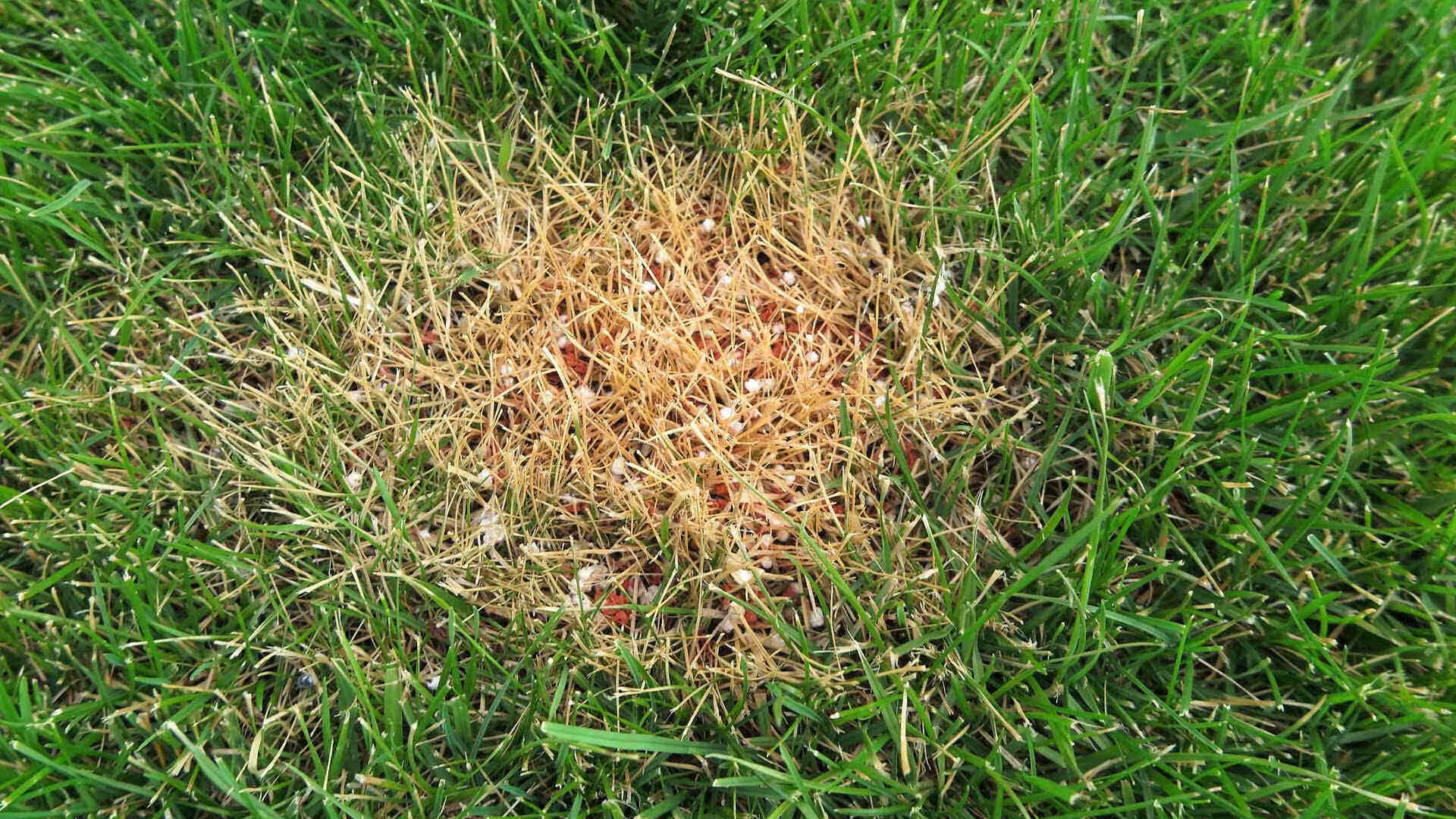
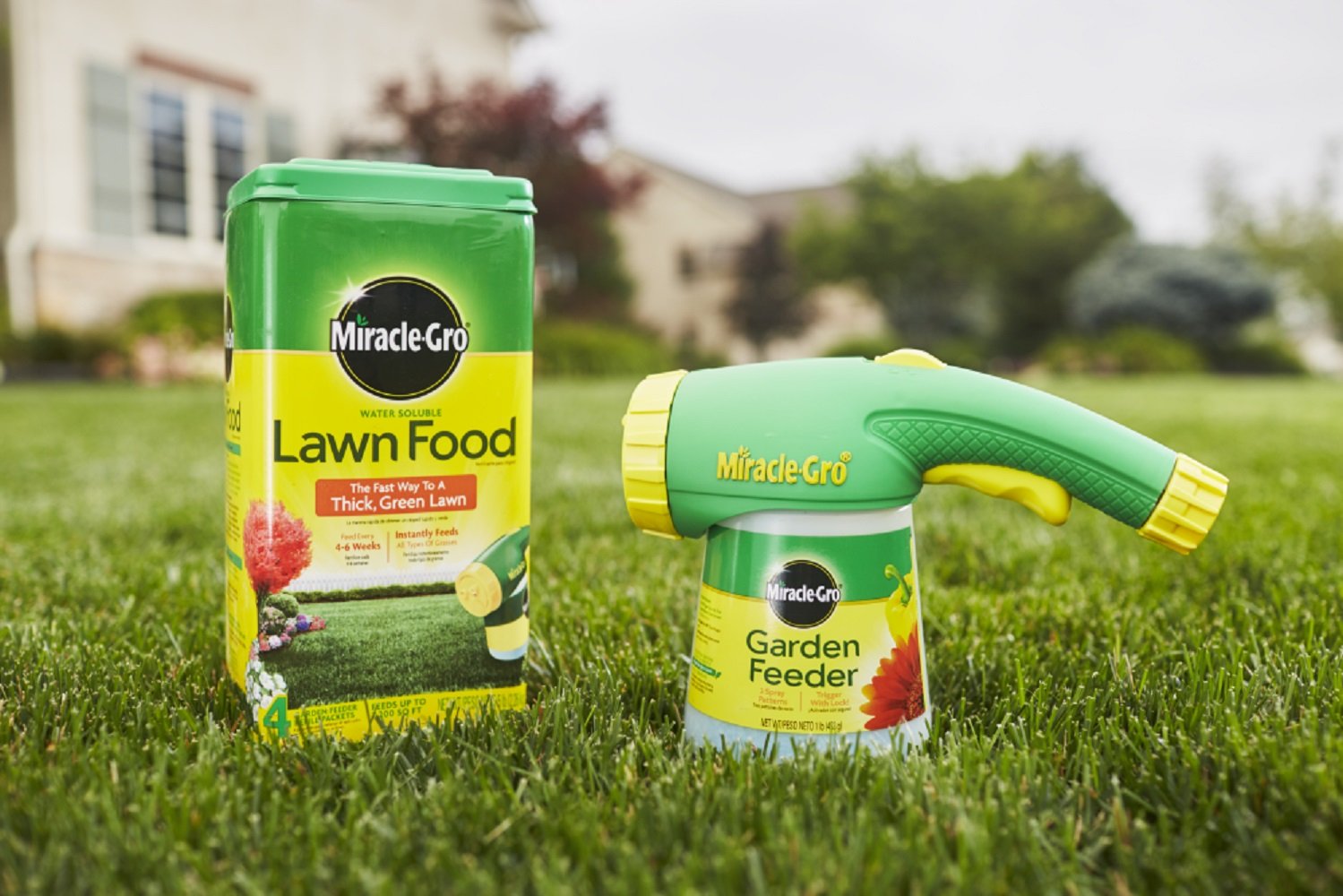

0 thoughts on “When To Fertilize Florida Lawns”